The forgotten figures of computer science #2: Grace Hopper
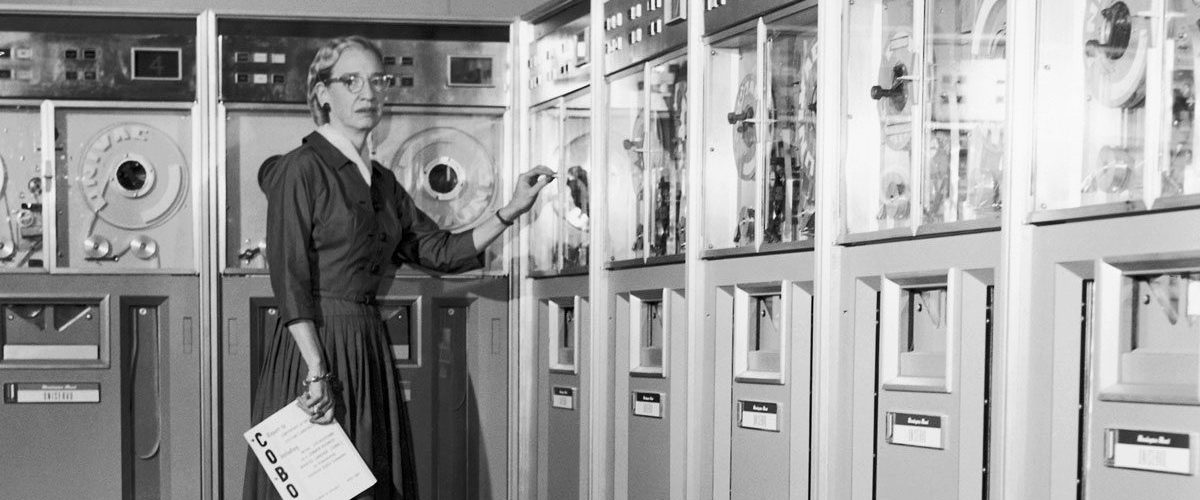
Article author :
The American Grace Hopper (1906-1992) is the second of the three women kingkong is presenting a portrait of as a means of talking about the forgotten figures of the history of computer science. It is Anne-Marie Kermarrec, a professor at the Swiss Federal Institute of Technology, Lausanne, who introduces her and raises the major issue her profession is faced with: a critical mass of women computer scientists.
KK: Anne-Marie Kermarrec, you are the author of the essay, Digital, reckoning with women (Odile Jacob, 2021), in which you revisit the figure of Grace Hopper. Who was she?
Anne-Marie Kermarrec: Grace Hopper is known for having developed the first computer compiler. For all practical purposes, this is a tool which translates the higher order languages of programmes into binary language. The compiler generates instructions which can be carried out by machines. It was a major innovation which was to make the task of programming much less laborious.
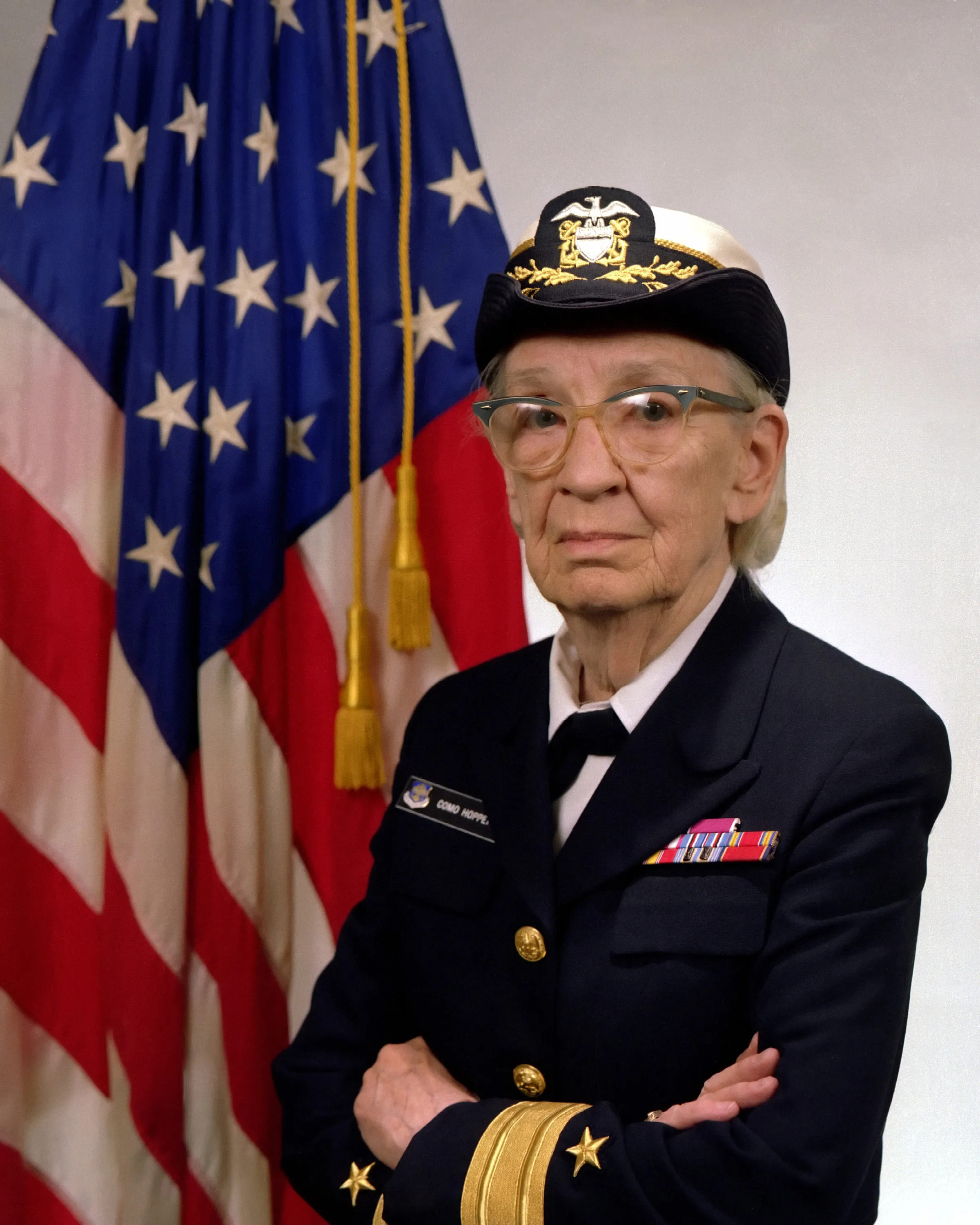
Hopper earned a doctorate in mathematics and computer science at Yale over the 1920s and 1930s. What is unusual about her is that, whenever she was asked the question, she did not see any inequalities between men and women, even though she herself was never allowed to teach and had to abandon her military career after the war. It was in the army that she began programming. In those days women were often to be found at the controls of computers, which in their early years were large machines which needed to be programmed by hand.
The notion of a ‘bug’ in computing is attributed to her, isn’t it?
Yes, at the time computers were programmed using punched cards. The message was transmitted by this procession of the presence or absence of holes. One day, a problem arose in the programme sequence because an insect (bug, in American English) ended up on the card. That’s how people started to talk about computer bugs!
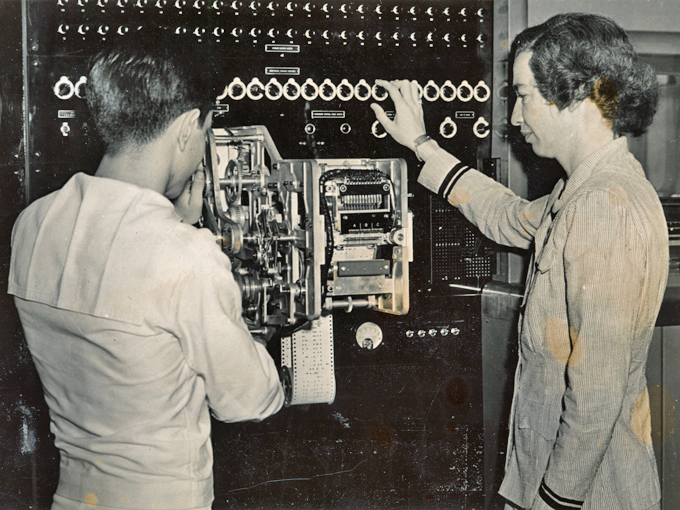
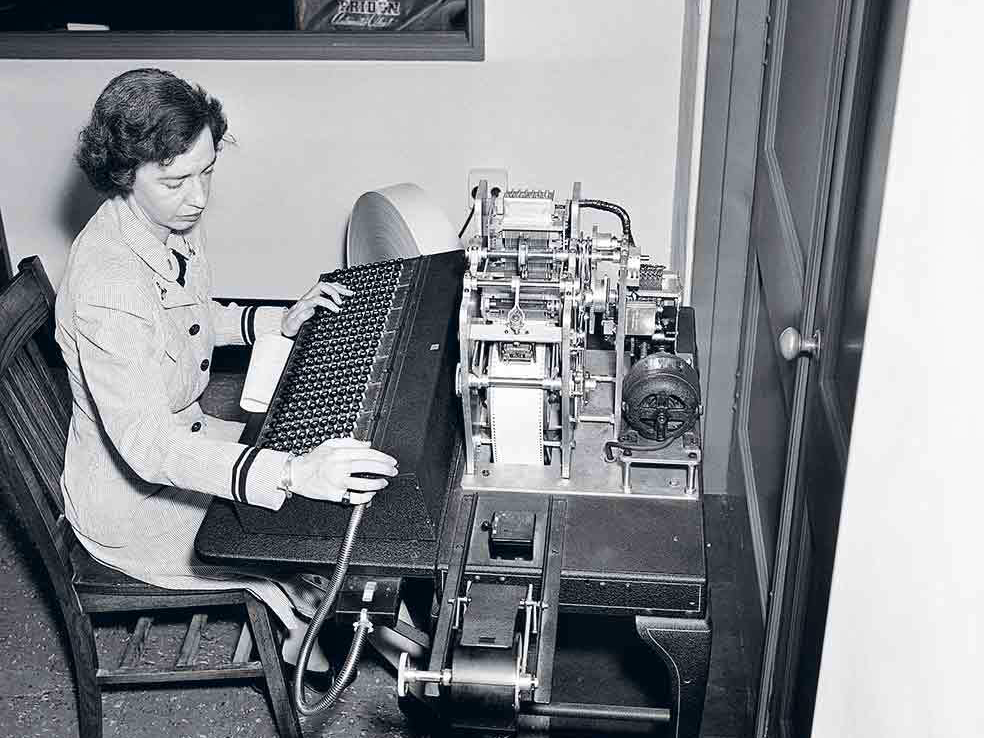

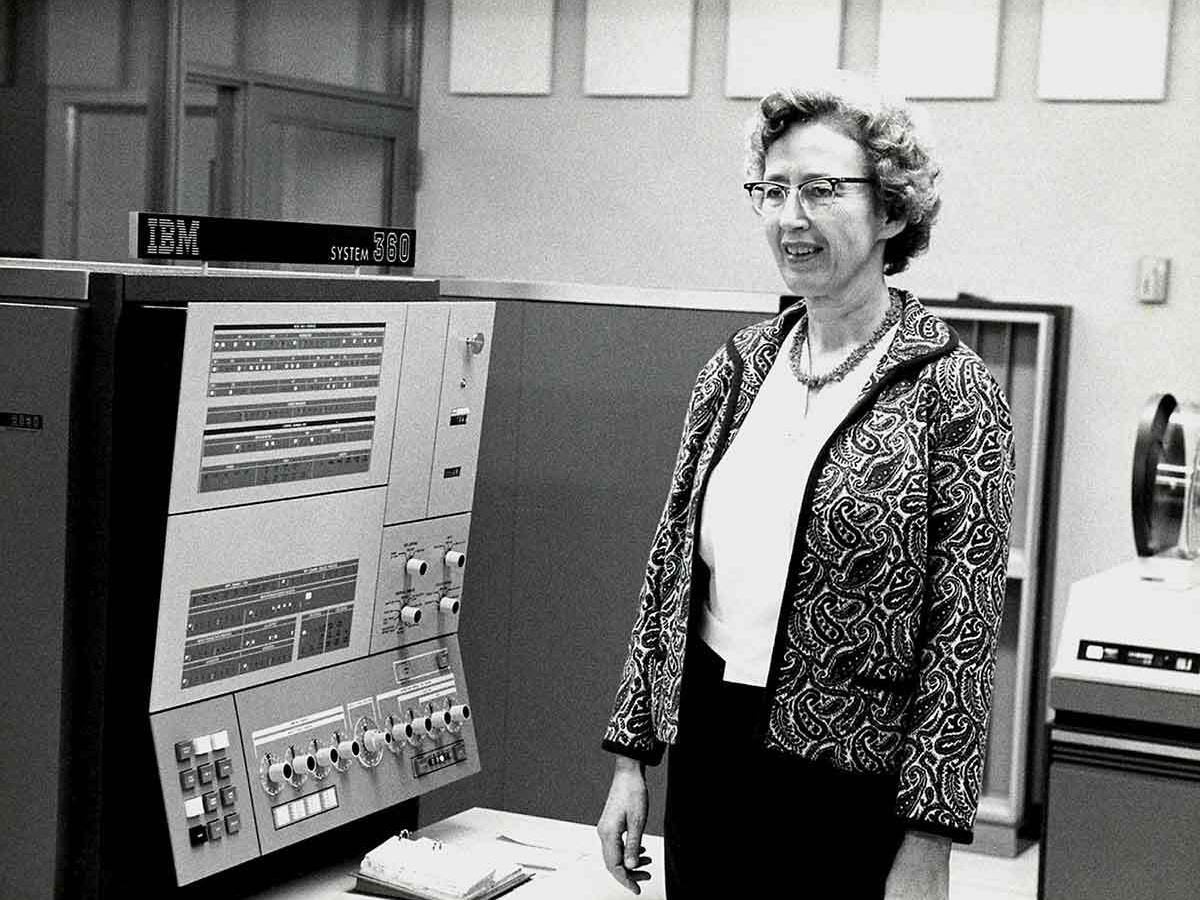
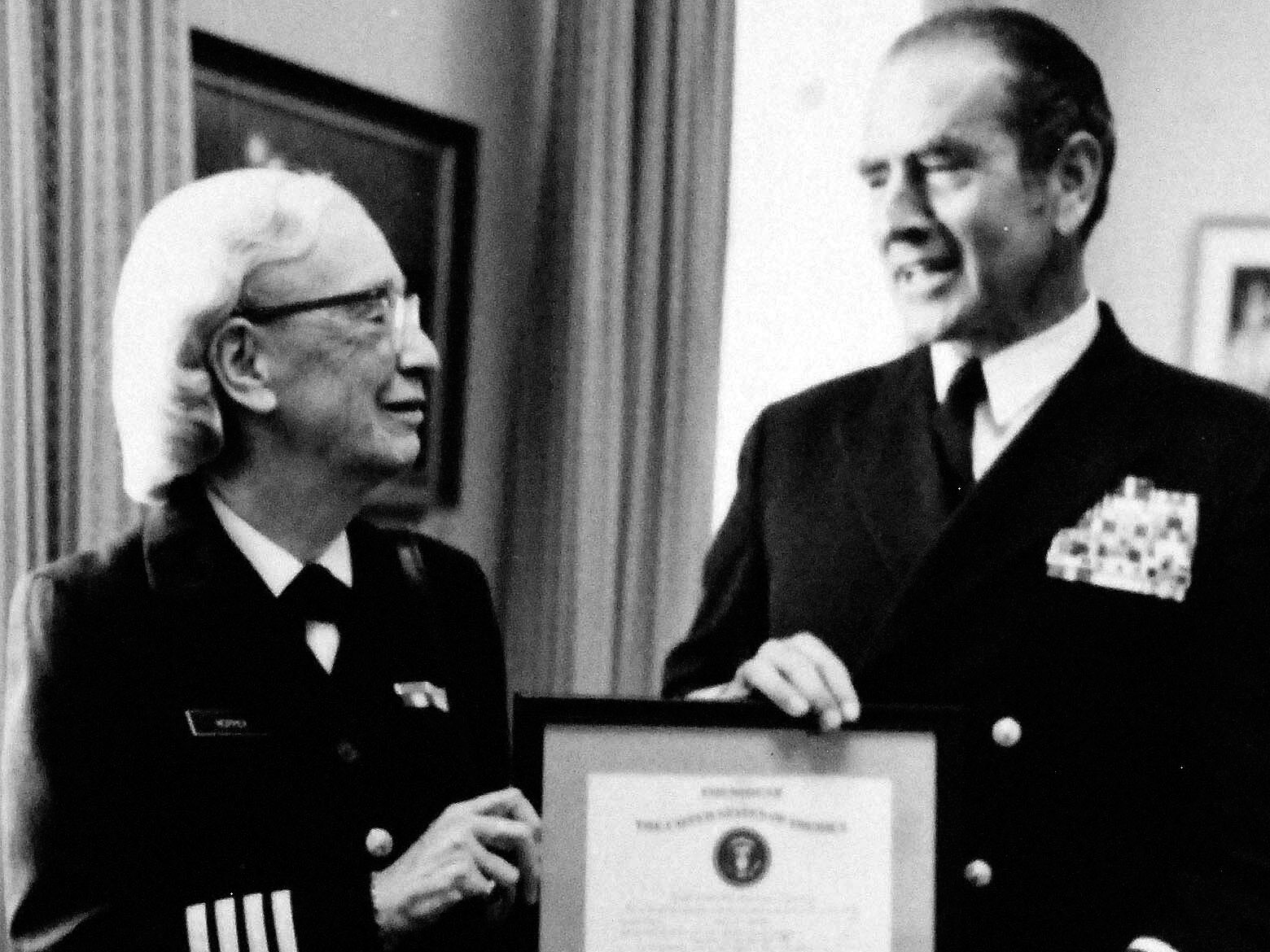
Why devote an entire chapter of your book to Grace Hopper?
I also talk about Ada Lovelace, the first ever woman programmer. It felt important for me to do so because, during the period I was studying, the 1990s, she wasn’t spoken of at all, even though we studied the career histories of people such as Charles Babbage, whom Ada Lovelace was a student of. Over the last ten years or so, that has changed, and I would say that today the challenge is less women being forgotten than their numbers.
And that means?
I believe that because our discipline is a more recent one we suffer less from the Matilda effect, which is very much a real issue in other sciences. But we clearly lack a critical mass of women. It’s a statistical reality. In my school, at the Swiss Federal Institute of Technology, there are seven women out of 55 teachers, and 15% of the students are women, at the same time as steps are being taken to reduce this shortfall. The aim was, for example, to recruit 40% women but we are not getting there, as the recruitment pool is too small. In the lab, women account for 10 to 15% of the people. In the workplace, we are levelling out at a ceiling of 25%, and the higher up the hierarchical levels you go the fewer women there are. It is no longer possible. Especially since young women today are no longer willing to accept what my generation was prepared to put up with, in other words, being in very male and also often sexist environments.
How can it be solved?
That’s a vast subject! I think that the problem gets established very early on at school. In secondary education, in France, a new computer science course has been created but only 10% of those opting for it are girls. The feminisation of the digital world is not a given. It won’t happen by itself. It is for that reason I consider myself an activist and I support every initiative that is currently been thought of. Because a lot of measures to attract girls into science are being developed in many countries, such as single-sex workshops. But we still don’t know if they will pay off. The crucial moment when girls turn their backs on sciences is when they go to college. Primary education, that’s fine, the beginning of secondary education, that as well, but college is a killer for reasons difficult to explain, but which I put down to gender stereotyping: girls are not cut out for maths or computer science. It’s tragic. For me, the solution will only be found, as is the case in politics, by taking drastic measures.
Are you talking about quotas?
Yes, that’s part of the solution, even if quotas go down badly with everyone, men and women. But I think that in other sectors, such as in politics, it is a method which has proven its worth. Everyone gets worked up about it for a few years and later on they don’t even think about it any longer. And what’s more, I think that a little positive discrimination in favour of women wouldn’t do them any harm, women who already have so many obstacles in their path. All things considered, it wouldn’t even be favouritism, just a rebalancing. Recently I was on a jury panel for a computer science prize for young people which had decided to award two prizes annually, one for women and one for men. Great! Even if there are less women, that takes nothing away from the merits of the individuals concerned. Furthermore, I believe that the sciences should be retained within the pupils’ core studies for much later in their secondary education cycle.
In your book, you also talk about the unconscious biases which disadvantage women.
I recently observed it in action once again in a recruiter who had nevertheless been alerted to the biases each and every one of us has. After a female candidate had been interviewed, he addressed the panel by wondering if it was really her who had done the job she claimed she had. I am convinced that he wouldn’t have asked questions like that if a male candidate had been involved. The response you should adopt is always: would you ask this question if it was a man? It has been shown that the more women there are on a board, the greater chances other women have of being recruited, being allocated funding, gaining promotion. I go back to my notion of critical mass. We have to achieve this. I have also given a great deal of thought to the notion of bias in algorithmic computer science. Men are not aware of it, which is natural, and that is precisely why it is a question of biases: if you are not a victim of them, you don’t see them.
What would that to amount to, exactly, algorithms designed by women?
I think that it could lead to social networks which would be based more on intersecting connections and less on isolating media bubbles. But that’s only an intuition, there is nothing demonstrable about it.

Do you think that men are ready for the arrival of this critical mass?
Intellectually, I think they are moving forward, the legislative framework is there, but in their deeds, not so much. I don’t know if I am objective, as I spend a lot of time with female students, but I am pinning my hopes on young men. They seem to be more ready for change.
This content is brought to you as part of Propulsion by KIKK, a digital awareness project for and by women.
A story, projects or an idea to share?
Suggest your content on kingkong.





